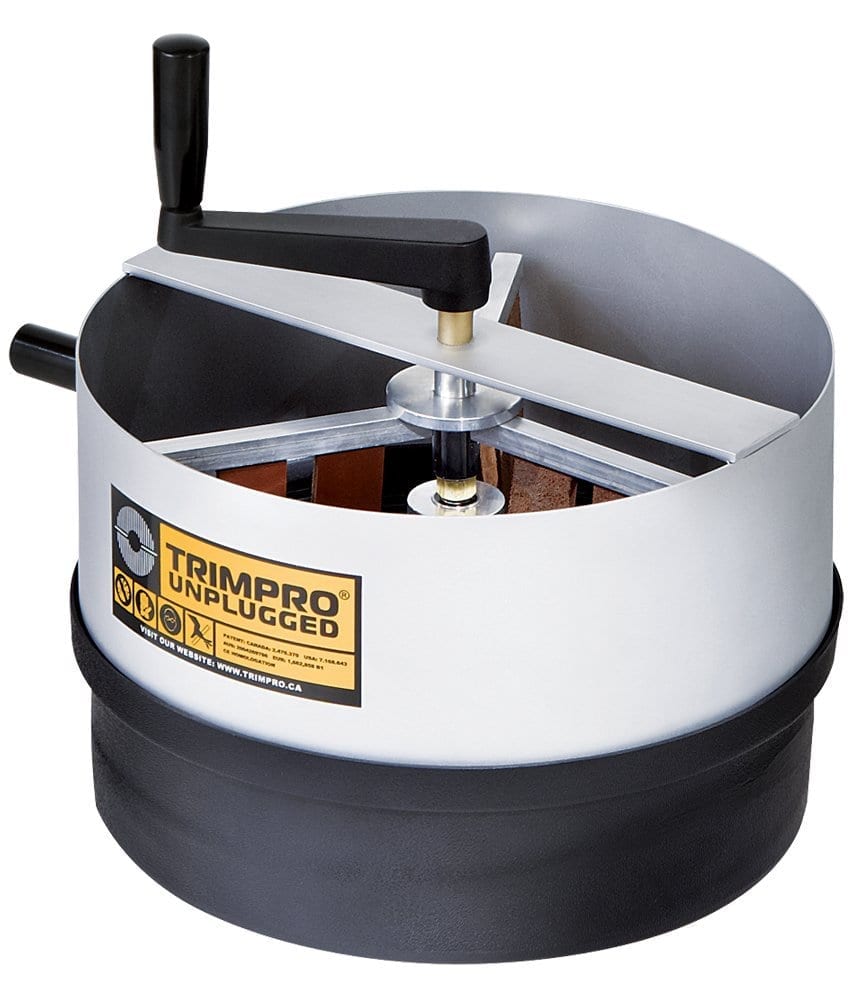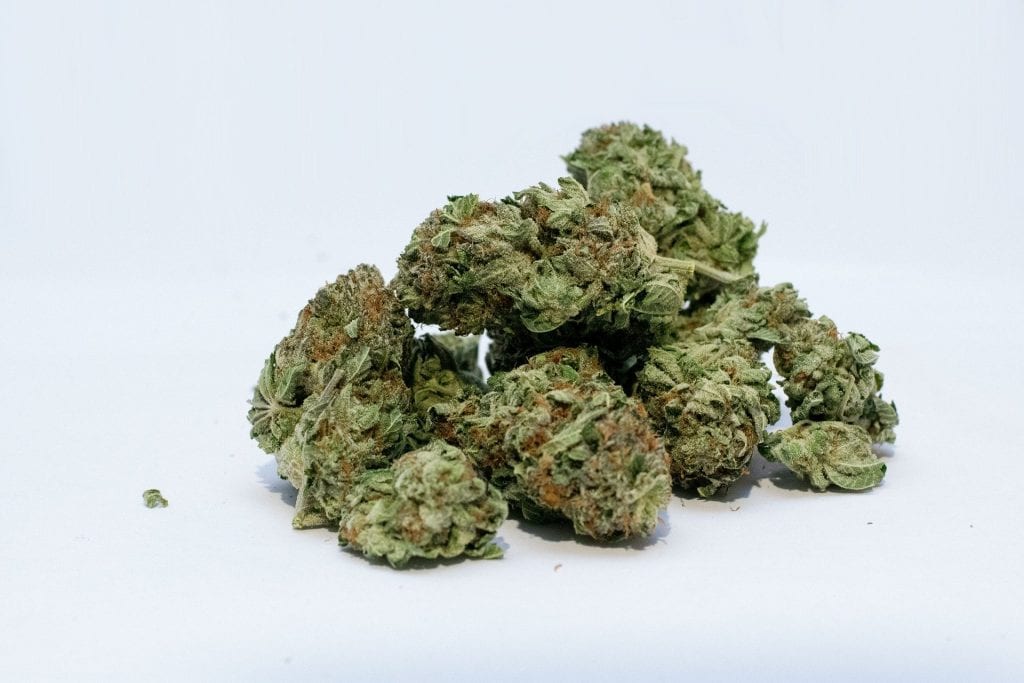What does it mean when the cannabis growers say low stress training? Anyone who has heard the words for the first time will probably be thinking about a weekend workout or a new dietary regimen.
Tell you what, low stress training is about trying to increase the yield and quality of your cannabis plants. Doing proper LST can have major benefits for your cannabis plants.
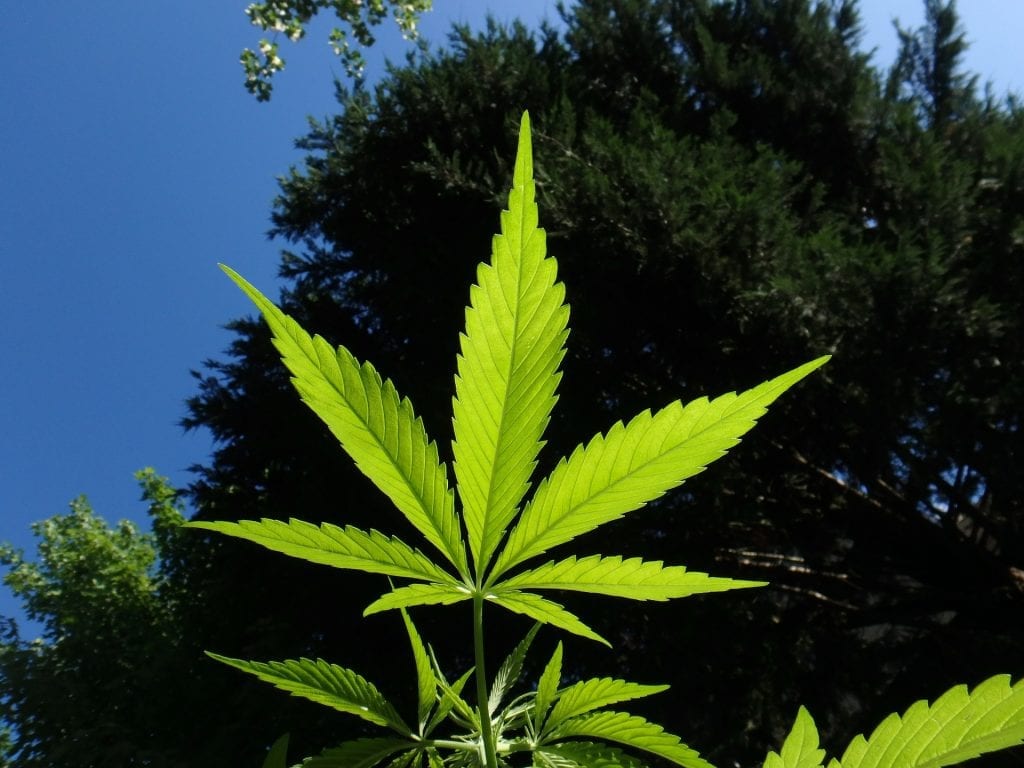
A low-stress training or LST method involves cannabis plants to undergo a slightly stressful situation either indoors or outdoors by gently bending and tying them. This method increases the ability of your plant to grow strong and big.
Don’t worry, this training method does not damage your plants. In fact, it is an easy and safe method to use.
The History of Low Stress Training
If you are familiar with the growing process of the cannabis plant, you will most probably be aware of the fact that several plants develop fat and healthier buds at the top of the plant and smaller buds below.
This does not only happen while growing marijuana, but the same thing also happens to several other fruits, flowers, and vegetables.
Over decades, several weeders have thought about different ways to gain more from their weed plants, usually by making use of a straightforward training technique.
There are various training techniques, for example, topping and cutting weeds, making plants bend, super cropping, and screen of green (SCROG). Moreover, each method differs slightly from one another. Also, every technique makes use of the best resources, space, and light.
Ancient Egyptians, beyond 3,000 years ago, used similar approaches to grow their fig trees. Espalier, a popular method to grow shrubs and fruit trees, was the most discussed subject in 17th century Europe.
Moreover, this practice was widely used in growing pear and apple orchards. These beautiful orchards were meant not only for a bountiful harvest, but also, for breathtaking landscapes.
LST is derived from an old practice where the plants used to grow on a trellis. It’s the latest alternative to old techniques that force plants or fruiting trees to vegetate horizontally.
Why and When Do We Do Low Stress Training?
You must be thinking, “why do we have to make our plants undergo a stressful condition?” or “if we are using the LST method, when is the right time to start LST?”
Read on, to understand how low stress training works, and how it helps in growing your weeds quickly.
Why Use LST?
Exposing your plant to an unusual change in its environment eventually triggers stress. Low stress training for cannabis is a simple-to-perform technique that involves bending and tying up those stems and branches that have become too long.
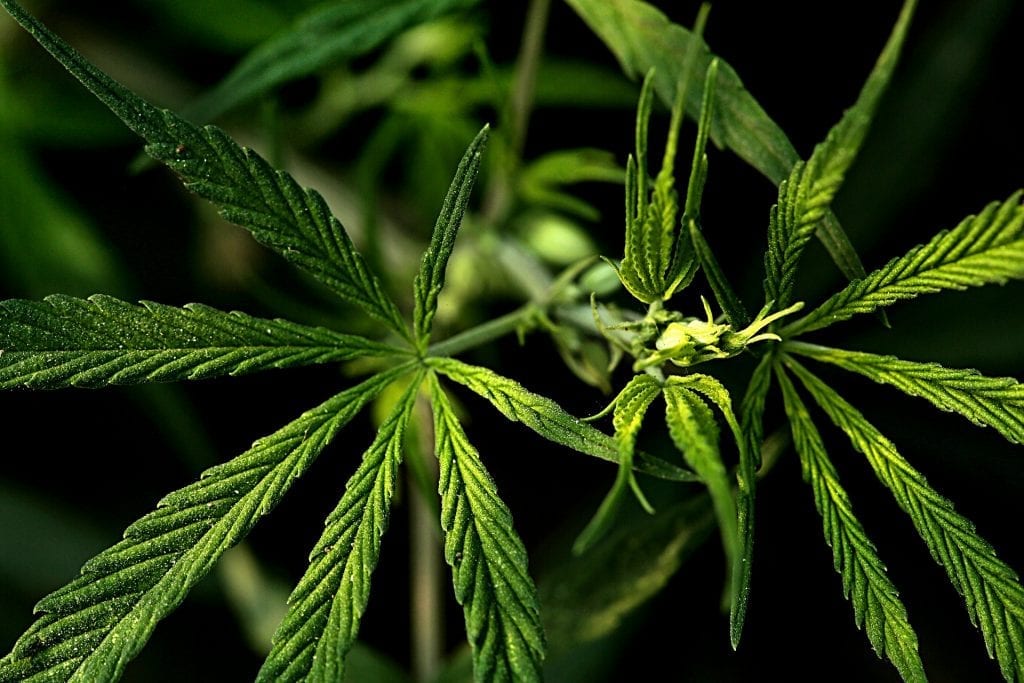
There are several reasons, including:
- Marijuana usually grows as one large stem. It slowly develops into a large and elongated cola. With LST, it creates several bud sites for plenty of healthy large colas to thrive.
- High humidity in time of the flowering stage can make large flower buds rot. Therefore, the LST method enables you to develop several bud sites that allow equal distribution of air.
- The weed plant grows typically like a Christmas tree, which is usually called apical dominance. The use of LST modifies its shape by flattening the canopy out. Thus, it enables the plant to thrive at a similar height.
- LST provides all the bud sites with even and better light coverage at one time. Breaking apical dominance allows the plant to get exposed to more light; thus, light exposure and penetration end up creating large yields.
- LST also allows even distribution of a plant hormone, i.e., auxin. Cell elongation is the sole responsibility of this hormone; hence, auxin increases yields.
- Either you planned for indoor growing, or outdoors, the use of LST lets you have total control over plants’ size, shape, and height.
When to Start Low Stress Training?
As soon as your marijuana plant establishes a robust root system, you can start low stress training. Once your weed plant reaches a vegetative state, you can easily manipulate it. The tip is to count all the buds of a seedling before performing LST.
The primary node of the plant is right at the top of it. Under the central node, the secondary and tertiary nodes will grow out. These secondary nodes develop after the primary stem becomes a little sturdy; hence, you will always find them below the top of the plant.
So, to start this training technique, wait for secondary and tertiary nodes to develop. However, it is not advisable to start LST when the plant is in its full flowering stage.
In this stage, LST can be a bit problematic because the plant stems may become too rigid. Instead of bending, these branches that hold your precious buds can easily snap.
Besides, you can perform LST at any time during the vegetative phase, but keep in mind that starting LST earlier is much better.
What Do I Need for LST?
It is essential to try LST on young and healthy cannabis plants because they often bounce back after going through a difficult time. Moreover, these plants are at their vegetative stage, where they grow plenty of leaves. Hence, it is key that will make this method flourish.
To start the LST method on your cannabis plant, you need to gather the following materials.
- Rubber coated twisty ties/plastic clips – these soft, twisty ties will help you to secure after bending the stems. Since it has a soft material, it will not damage or hurt the fragile stems. Also, you can be creative and use everyday household materials like cloth hangers or pipe cleaners, but avoid using sharp objects.
- Soft plant wire ties – these ties will allow you to fasten the sturdier branches of bigger plants.
- Thin bamboo or wooden stakes – these stakes should be 30 cm in length to provide support to the plant.
- A small hand drilling machine – you will need a hand drill for drilling multiple holes to attach wires on the rim.
- A sharp scissor
- A duct tape – you will need it to secure ties and patch up broken branches. Duct tape will not cause any permanent damage to your weed, and it will help to heal your plant quickly.
Although the LST method enables you to work with minimal supplies, it is not advisable to use regular strings to fasten your cannabis plant.
Moreover, regular wires or string are harsher and are too thin. These will cut into your plant stems and will harm your weed more instead of doing any good. It is better if you buy plant ties that are especially suitable for this job.
Step-by-step Guide to Low Stress Training
Low stress training might sound complicated and technical to you. However, in reality, it is a straightforward process if you understand its crucial principles.
Since we know all the necessary tools that we will need for training the plant, it is time to begin LST.
Top Your Plant
Some cannabis growers skip this process, but the topping is very beneficial to grow plants. It allows producing more elongated colas and enables weed to expand.
Use sharp, sterilized scissors and begin topping once your weed has almost four to six nodes. Then, cut your plant to the third node. This will allow your plant to have a more proportionate base.
Also, ensure to leave out a small part of an old stem where you make your first cut. The little part will keep the V-shape of the twig together until the branches become thick.
Choose a Flexible Branch to Bend
If you do not want to cut the nodes of the plant, begin by selecting the branches to bend them in the desired direction. Moreover, it is crucial to bend the tallest twigs down.
Start by feeling the flexibility of a branch or a stem that you opt to bend very carefully. This is essential because it helps you realize whether you can use a particular branch safely or not.
Some branches tend to break when you slightly bend. If so, select another twig. After selecting the branch, visualize the kind of shape you will prefer for your plant.
Tie Down the Tallest Stems
To tie the branches down, you need a small hand drill to drill holes at the rim of the plant’s container. This will help you to fasten the tie via drilled holes. If you are using fabric pots, basically pierce the fabric with safety pins and utilize them to fasten the ties.
Also, stick bamboo or wooden stakes into the ground to give support and to tie your plant. Begin by tying-down the tallest branches somewhere around the last nodes. It is crucial to start training the plant earlier when the cannabis has soft bendable stems.
Moreover, apply gentle pressure when you bend the stems. Also, tie them down in such a way that you can move them easily once they grow in size.
Wait Patiently for Your Plants to Grow
Your tied-up plant grow slowly again after twenty-four hours of continuous bending. If you keep it underneath a powerful grow light, it may take three hours to produce new stems.
Moreover, keep your plant in a sweet spot. When the appropriate intensity of grow light falls on the plant, the increase in yields results.
Repeat the Tying Procedure
To obtain optimum results, check your marijuana every two to three days. Constant monitoring will enable you to quickly bend the side branches of your plants, which are in disarray.
Moreover, training the plant continuously throughout its vegetative state will help you achieve the width, shape, and height you wished for your cannabis plant.
Start Forceful Flowering of the Plant
When marijuana resembles the horizontal table, and it reaches a certain height, then it is the time to stimulate the blooming stage.
In the flowering stage, the plant is double the size because it produces new buds. Therefore, the sprouting of buds does not signify that you finish training the plant.
It is essential to go on with the LST method once the plant blooms. It will help you control the canopy. Moreover, just make sure not to touch fragile trichome buds.
After a month of the flowering stage, you can stop the LST method because the structure of the plant will stay the same. Furthermore, if you find leaves that prevent light penetration, it is better to use low stress training again.
Low Stress Training Autoflower
A weed plant depends on the light cycles to become mature and produce trichome buds. In contrast, autoflowers depend only on age.
Moreover, auto-flowering plants need a little light to grow, but they do not need the change in the light cycle to begin their flowering stage. Also, they require two to three months to reach their full maturity.
Since these plants thrive so quickly, it does not mean that the LST method will not work on autoflowers. You can apply low stress training on autoflowers.
The vital point to consider before performing LST on autoflowers is that they do not have a considerable amount of time to recover from stress training techniques like defoliation and topping. That is why it is crucial to skip the topping part when performing low stress training.
Furthermore, LST is a perfect way to maximize the yields of your autoflowers. Just remember that auto-flowering plants initiate their flowering stage after four weeks; therefore, you have to decide whether you wish to LST autos or not.
Final Words
Now, as you have gone through this guide in detail about the application of low stress training on your weed plant, you might want to start LST soon with a young plant and shape it into a perfect canopy.
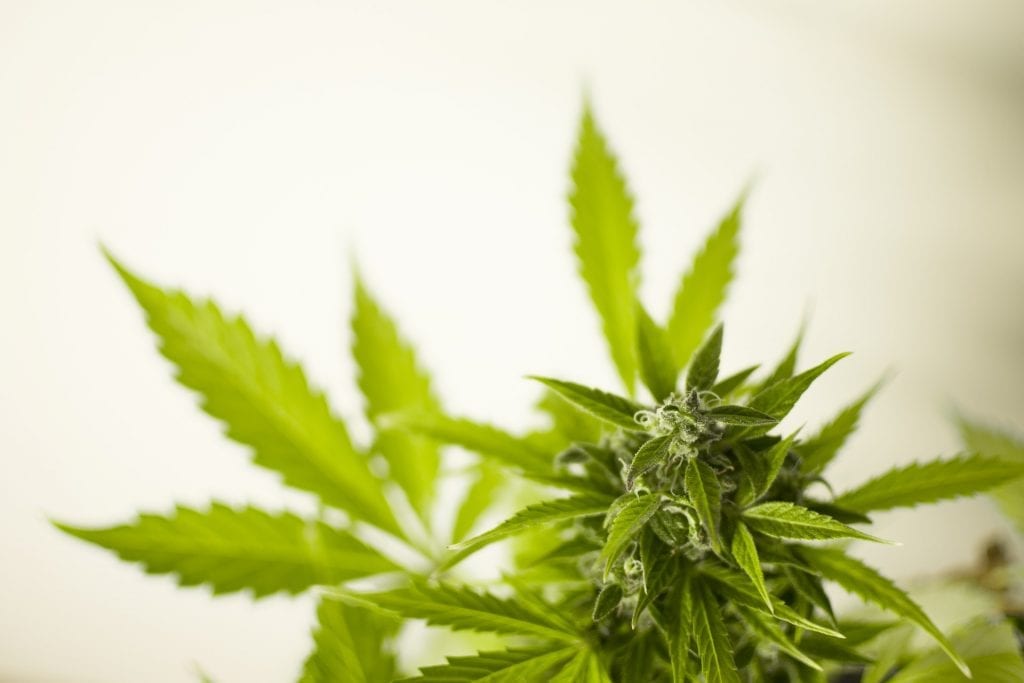
Low stress training is also a perfect way to grow bushy and flat plants. It is especially best for those growers who do not have ample space indoors.
I believe that this article was informative, and I hope it made you realize that the skills of cannabis growers give plants a chance to thrive.
Table of contents



